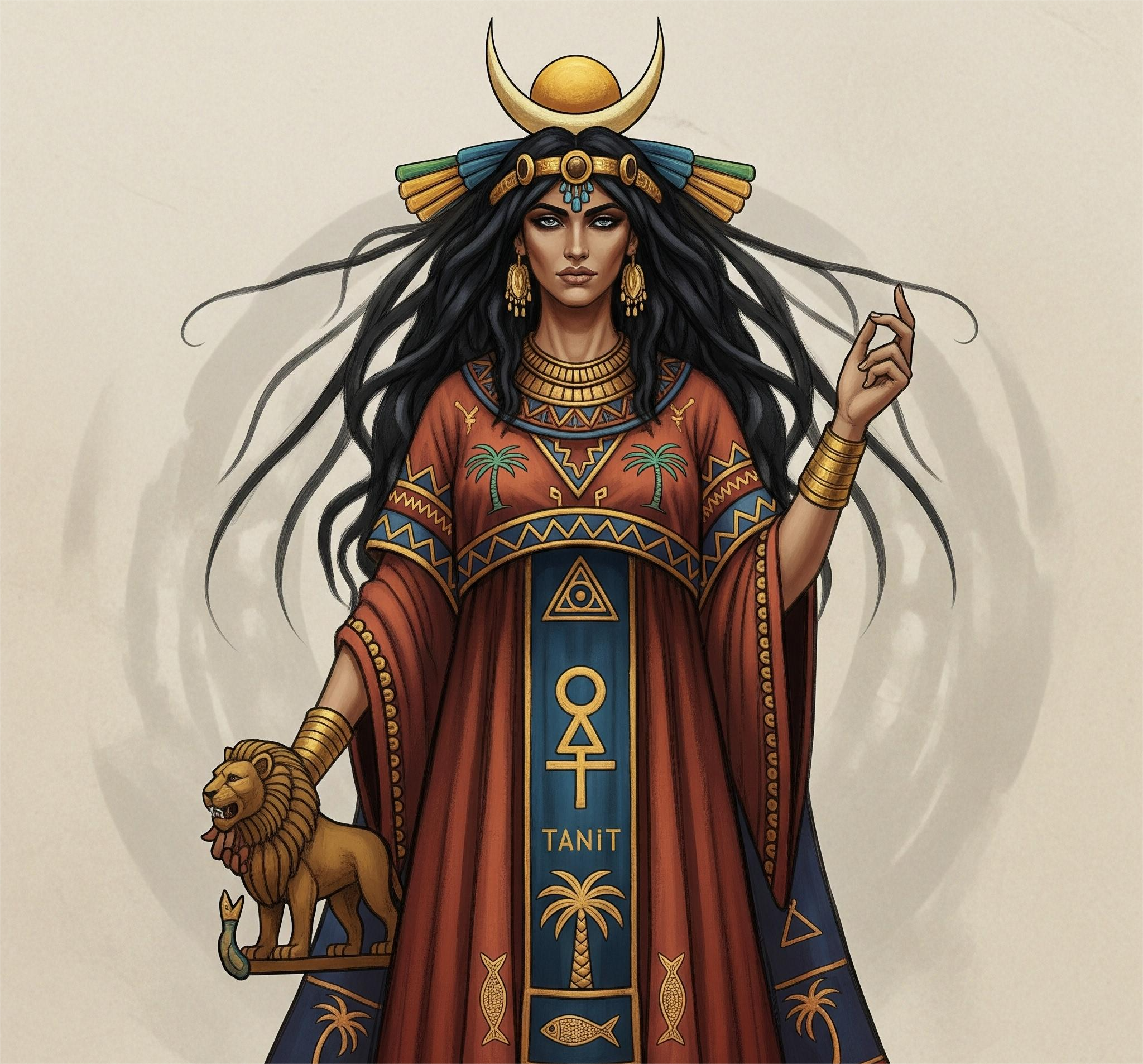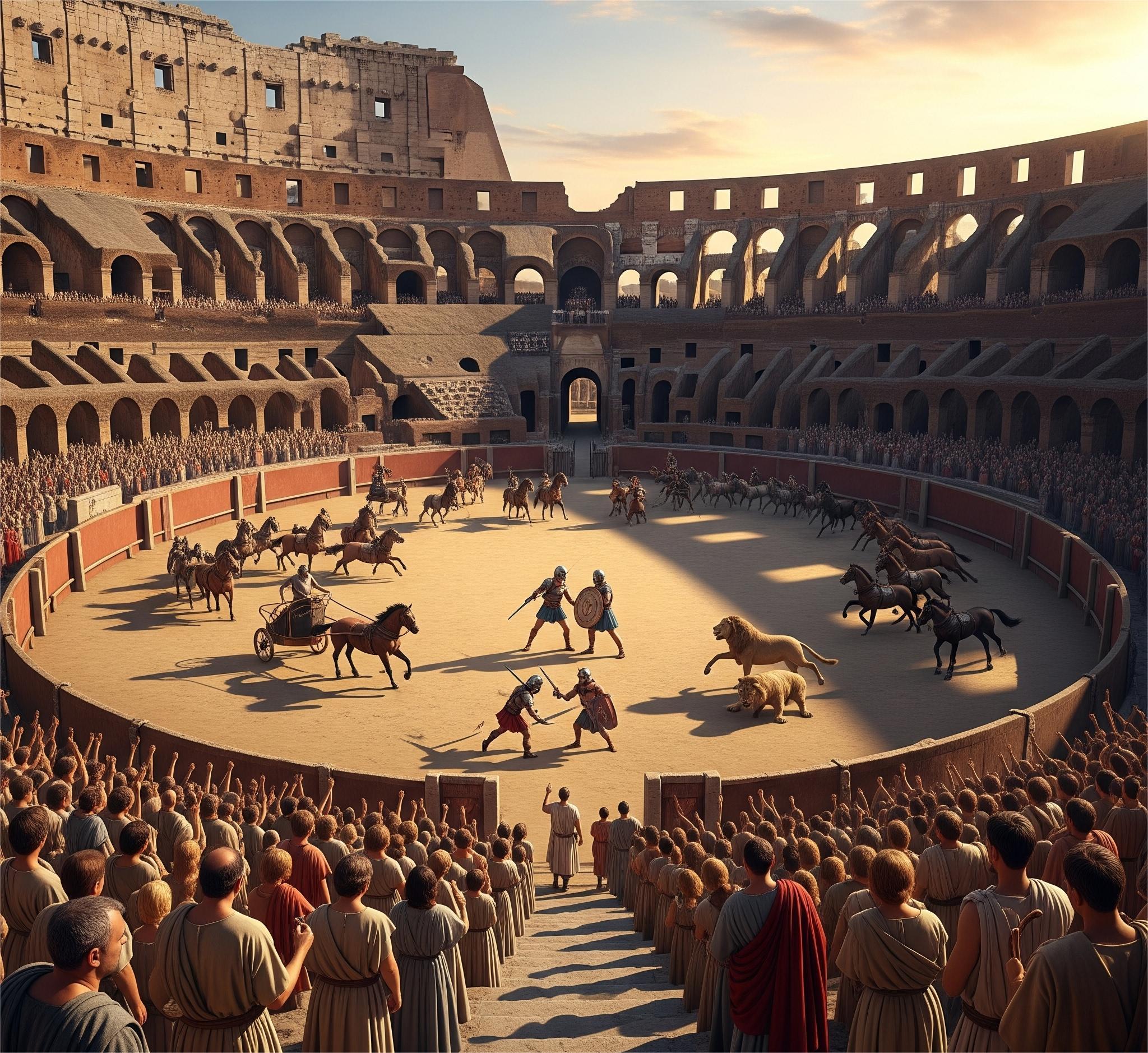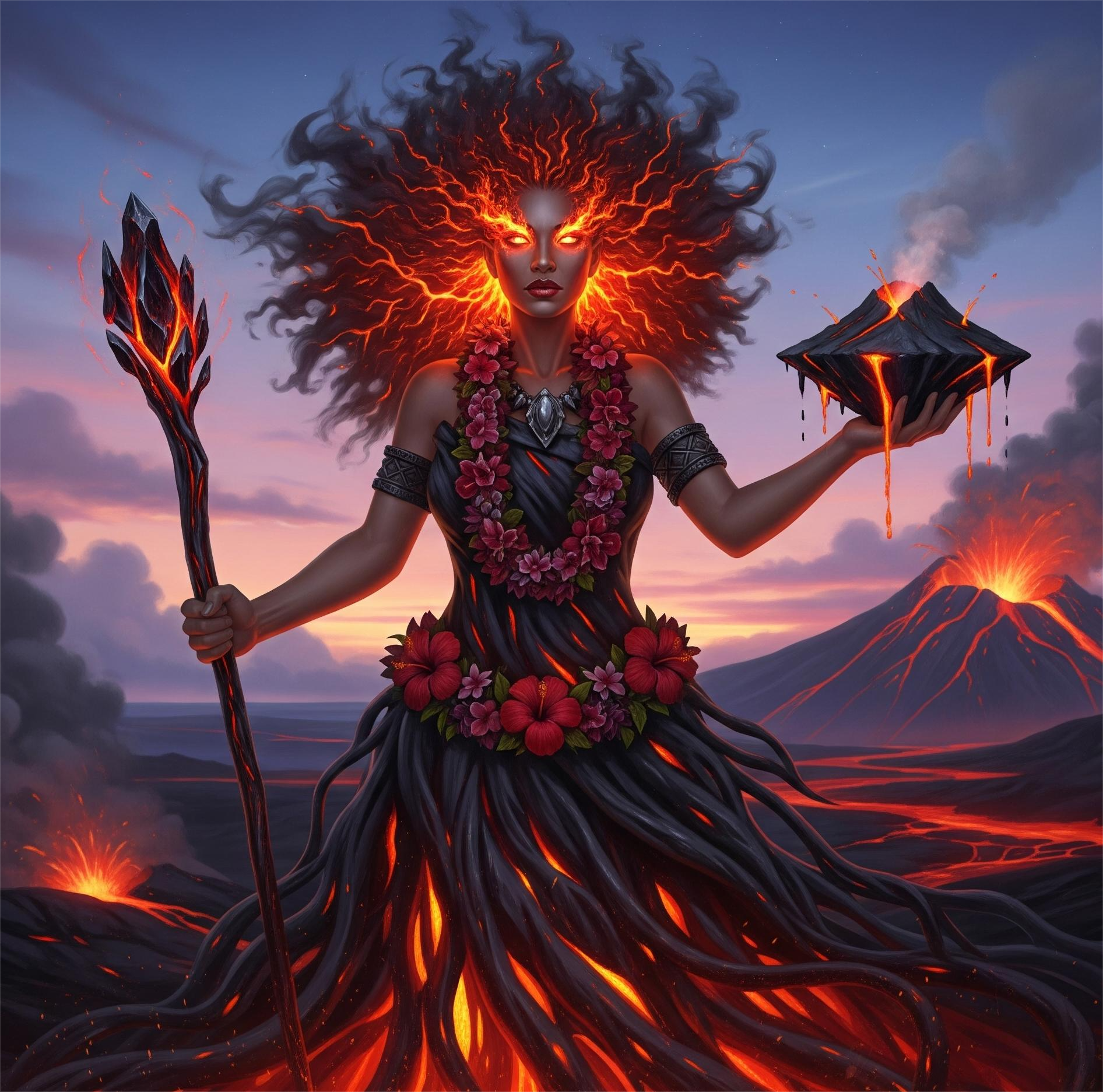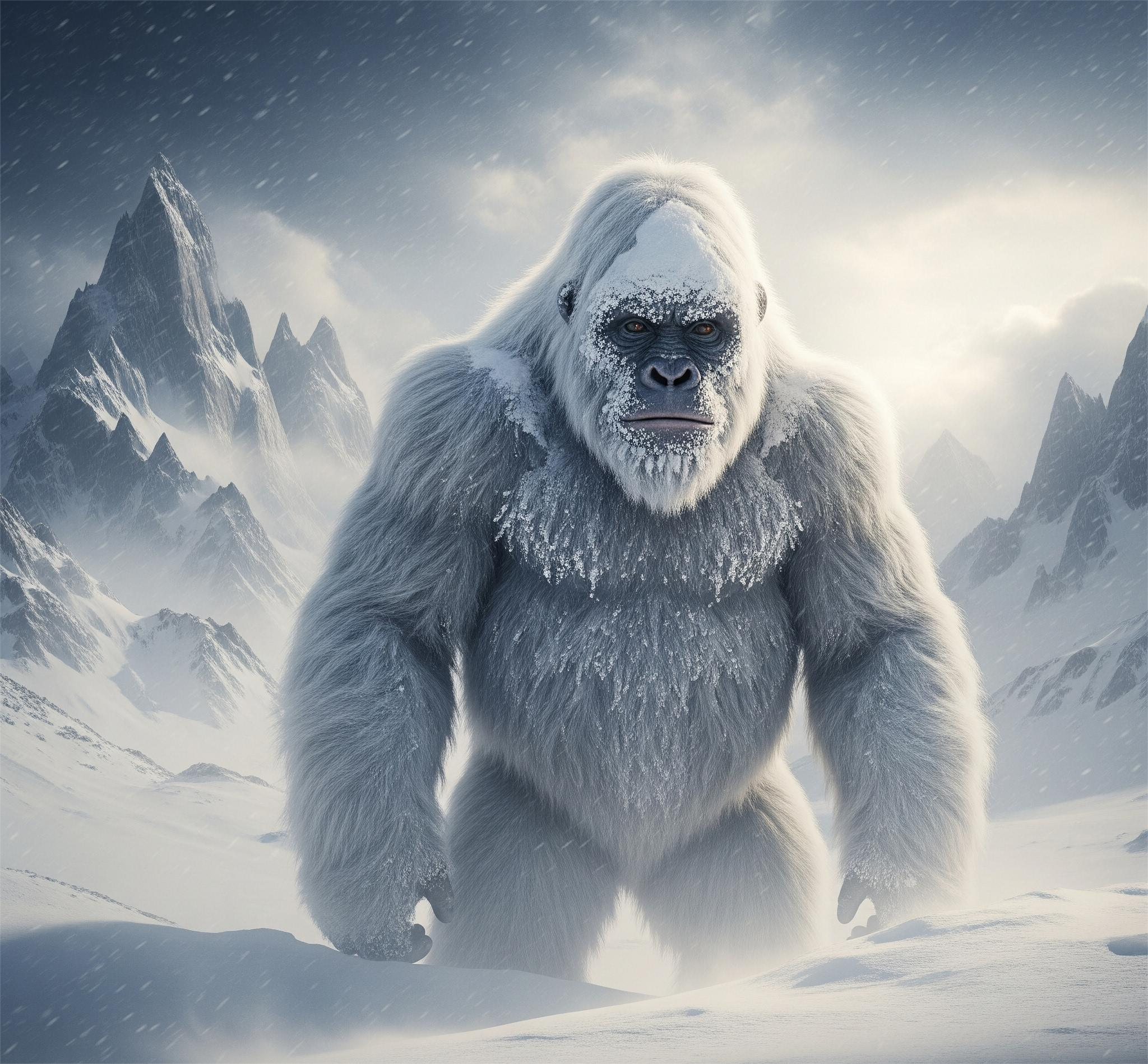BY THE ARCHEOLOGIST EDITOR GROUP
The haka, a form of traditional Maori war dance, has deep historical roots and significant cultural meaning. Maori people, native to New Zealand, are thought to have created the haka and used it for ceremonial and ritual purposes, as well as in times of war and hunting.
Before going into battle, the haka was traditionally used to strike fear into the hearts of the enemy. Maori warriors would perform the dance in order to impress upon their enemies their superior strength and bravery. The haka was performed to get the warriors amped up for the battle ahead and to get them in the right frame of mind to win.
The haka served as both a physical and a spiritual workout. It was believed that by performing the dance, the warriors would gain strength and courage from their ancestors and the spiritual world, which would in turn help them in battle. The haka's spiritual and emotional power was amplified by the inclusion of chanting and singing.
The haka was also performed at other significant events in ancient times. The haka was traditionally performed at special events like weddings and funerals. For similar reasons, the dance was also performed before and during hunts to gain the favor of the animals being pursued.
The haka came to symbolize much of what it meant to be Maori as a people as their culture and society flourished. Each succeeding generation incorporated their own distinctive touches and variations into the dance as they passed it down.
As the haka was exposed to new cultural and social contexts, it gradually began to adopt new characteristics and aesthetics. European settlers brought with them new musical instruments and dance styles to New Zealand, which led to the haka's gradual adaptation to include elements from both. Likewise, the dance developed a more rigid structure with predetermined steps and motions.
As time has progressed, the haka has gained worldwide recognition as a symbol of Maori heritage. The New Zealand rugby team, the All Blacks, are known to perform the dance before games. The dance is also popular at cultural events and festivals. The haka is performed to celebrate and honor the distinctive cultural history of the Maori people, and it has become a potent symbol of Maori national pride and identity.
Many questions remain unanswered about the haka's history and development, despite its length and depth. In this regard, scholars continue to disagree on whether or not the haka was brought to New Zealand by the Polynesian ancestors of the Maori people, or whether it emerged independently in that country.
In addition, there are numerous haka styles, each with its own rich heritage and tradition. While some haka are only performed by members of certain tribes or regions, others have gained widespread popularity. The context in which a haka is performed can also affect its meaning and significance.
The haka continues to represent Maori culture and identity despite the many questions and arguments surrounding it. As more and more people learn about and appreciate the distinctive history and customs of the Maori people, New Zealand and the Maori culture as a whole continue to grow in prominence.
In sum, the haka can trace its roots all the way back to ancient times. Traditionally, Maori warriors would perform the dance just before entering battle to both psych themselves up for the fight and scare off their opponents. It was also believed that the dancers' participation in the haka forged a bond between them and their ancestors and the spiritual realm, so it was performed at other significant events, such as weddings and funerals. The haka has become an integral part of modern Maori life and is widely recognized as a symbol of the people's devotion to their culture and history.







